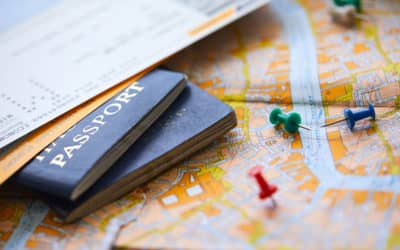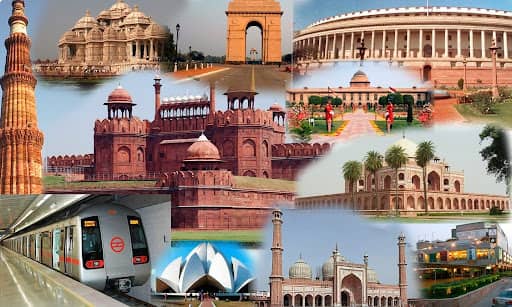Traveling to a foreign country often requires obtaining a visa, which grants you permission to enter, stay, or work in the country for a specific period. The visa process can seem complicated, especially if you’re unfamiliar with the requirements or procedures. However, with proper planning and understanding, you can navigate the process smoothly. This guide will walk you through the key steps involved in obtaining a visa, helping you prepare for international travel.
What is a Visa?
A visa is an official document or stamp placed in your passport that allows you to enter a foreign country for a specific purpose and duration. There are several types of visas, including tourist, business, work, student, and transit visas. The type of visa you need depends on the purpose of your visit. Each country sets its own visa requirements, and the application process can vary from one country to another.
Types of Visas
- Tourist Visa: For short-term travel, vacations, or visiting friends and family.
- Business Visa: For attending meetings, conferences, or conducting business-related activities.
- Work Visa: For individuals seeking employment in a foreign country.
- Student Visa: For individuals enrolled in educational institutions abroad.
- Transit Visa: For travelers passing through a country on their way to another destination.
- Residence Visa: For those planning to live in a foreign country for an extended period.
Step-by-Step Visa Process
1. Determine if You Need a Visa
Before beginning the visa process, check whether the country you plan to visit requires a visa for your nationality. Some countries have visa exemption agreements or visa-on-arrival policies, allowing travelers to enter without a visa or obtain one upon arrival. For example, citizens of the European Union can travel freely within the EU without a visa, while some countries offer visa-free access for short stays.
2. Choose the Correct Visa Type
Once you’ve determined that you need a visa, you must select the appropriate visa type based on the purpose of your trip. Make sure to choose the right category, as applying for the wrong type of visa may lead to delays or rejection. Tourist visas are for leisure travel, while business visas are for attending work-related events. Work and student visas require additional documentation, such as a job offer or acceptance letter from an educational institution.
3. Gather Required Documents
Each visa application requires specific documentation, which may vary depending on the country and visa type. Commonly requested documents include:
- A valid passport (with at least six months of validity remaining)
- Completed visa application form
- Recent passport-sized photographs
- Proof of travel itinerary (flight bookings, hotel reservations)
- Proof of financial means (bank statements, pay stubs)
- Travel insurance
- Invitation letter (for business or family visits)
- Proof of accommodation
Make sure all documents are up to date and meet the specific requirements outlined by the embassy or consulate of the country you are visiting.
4. Submit the Visa Application
After gathering the necessary documents, you can submit your visa application. Depending on the country, you may be required to submit your application online, through a visa application center, or in person at the embassy or consulate. Some countries offer e-visas, allowing you to complete the entire process online.
During submission, you may also need to pay a visa application fee. Fees vary depending on the visa type and the country you’re visiting.
5. Attend an Interview (If Required)
Some visa applications, particularly work or student visas, may require an in-person interview at the embassy or consulate. The interview is an opportunity for the immigration officer to ask about the purpose of your visit, your background, and your travel plans. Be honest, clear, and provide all necessary information to avoid delays in processing.
6. Wait for Visa Approval
Once your application is submitted and, if required, you have attended an interview, the visa process moves to the review stage. Processing times vary by country and visa type—some visas are processed in a few days, while others may take several weeks. It’s important to apply well in advance of your intended travel date to allow sufficient time for processing.
7. Receive Your Visa
If your application is approved, you will receive your visa either as a physical stamp in your passport or as an electronic document (e-visa). Ensure that the visa details, such as entry dates and duration, match your travel plans. You are now ready to travel!







